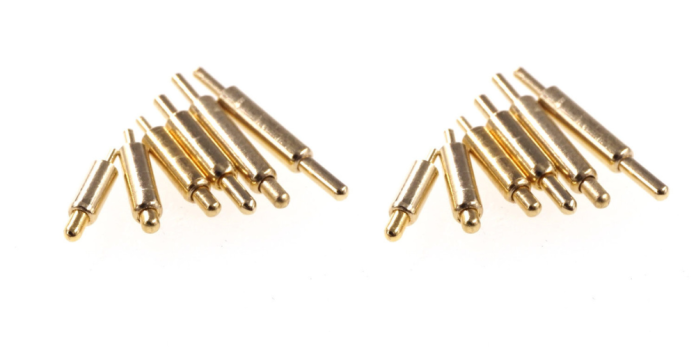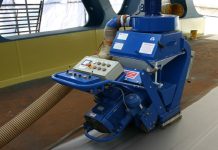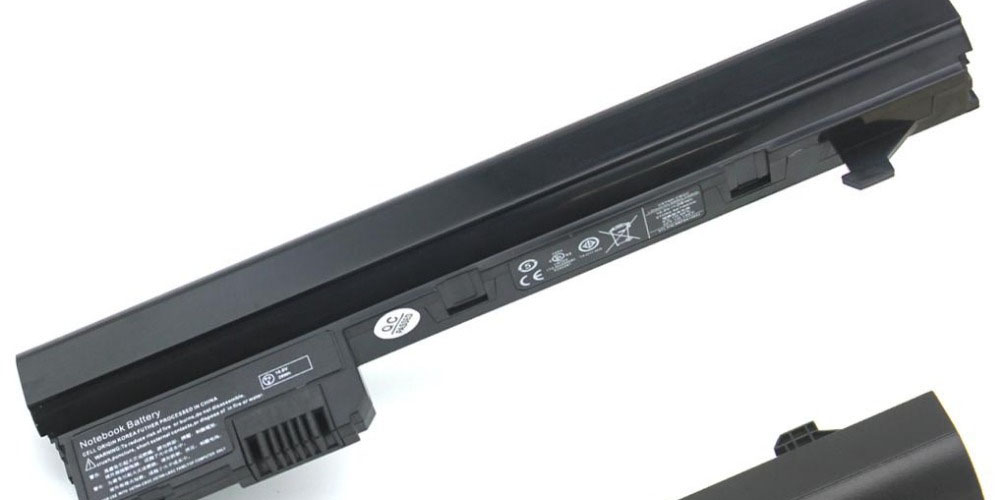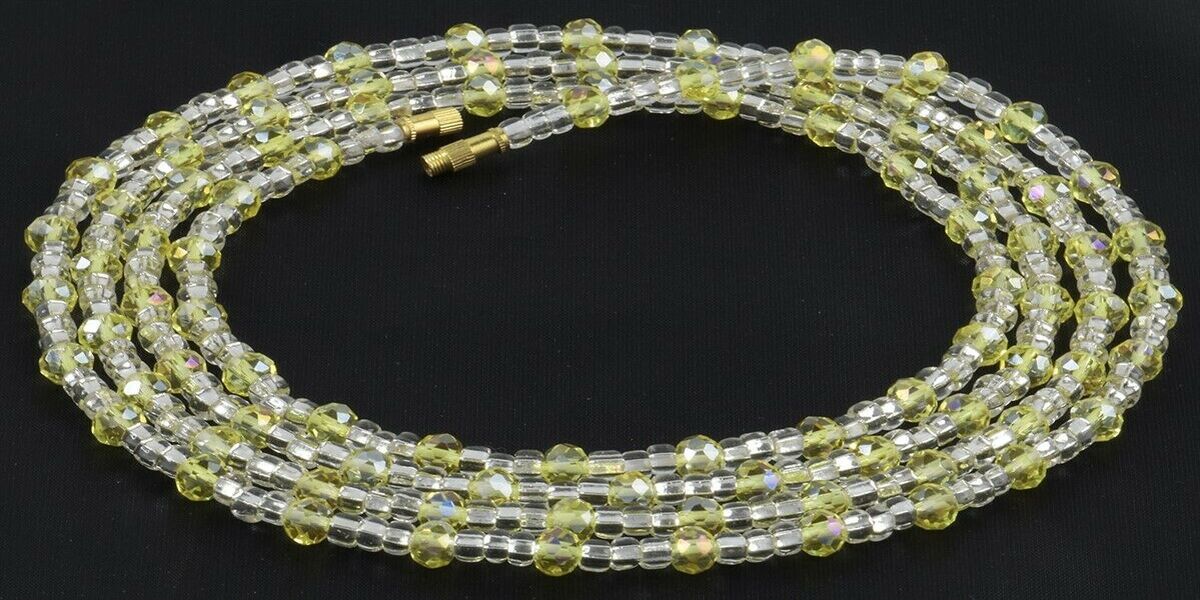Spring probes or spring connectors can also be used in a variety of uncommon applications in addition to their common uses in electronics and manufacturing. Here are a few examples:
- Guitar Pedals: Spring connectors can be used in guitar pedals to create a temporary connection between two circuits. This allows guitarists to quickly and easily swap out pedals without having to unscrew or solder any connections.
- Clothing: Spring connectors can be used in clothing to create a modular system that allows different parts of the garment to be connected or detached. This can be particularly useful in outdoor or sports clothing, where different layers may be required for different weather conditions.
- Art installations: Moreover, spring probes can be used in art installations to create kinetic sculptures that move and respond to the environment. The springs can be used to create flexible connections between different parts of the sculpture, allowing it to move and react to changes in wind or temperature.
- Robotics: Spring connectors can be used in robotics to create a flexible connection between different components of the robot. This can be particularly useful in soft robotics, where the robot is made of flexible materials and needs to move in a fluid and natural way.
- Research: Spring connectors can be used in research applications to create temporary connections between different sensors or measurement devices. This can allow researchers to quickly and easily swap out sensors without having to disconnect or re-solder any connections.
Nonetheless, spring connectors or spring probes are a versatile and adaptable technology that can be used in a wide range of applications beyond their traditional uses in electronics and manufacturing.
Guitar Pedals with Spring connectors:
Guitar pedals with spring connectors are a type of effect pedal that allows guitarists to create a temporary connection between two circuits. The spring connectors allow guitarists to quickly and easily swap out pedals without having to unscrew or solder any connections.
Here’s how it works: each guitar pedal has two spring connectors on the top, one for the input and one for the output. When a guitarist wants to add a new pedal to their chain, they simply plug the output of the previous pedal into the input of the new pedal, and the output of the new pedal into the input of the next pedal. The spring connectors hold the connections in place, creating a temporary circuit between the pedals.
Guitar pedals with spring connectors are particularly useful for musicians who want to experiment with different effects and sounds without having to commit to a permanent setup. They are also useful for musicians who play live and need to quickly switch between different sounds and effects during a performance.
While spring connectors are not as common in the guitar pedal world as other types of connectors, such as 1/4″ jacks or XLR connectors, they can provide a simple and effective solution for musicians who want to create a modular and flexible pedal setup.













